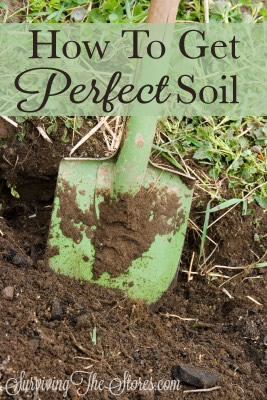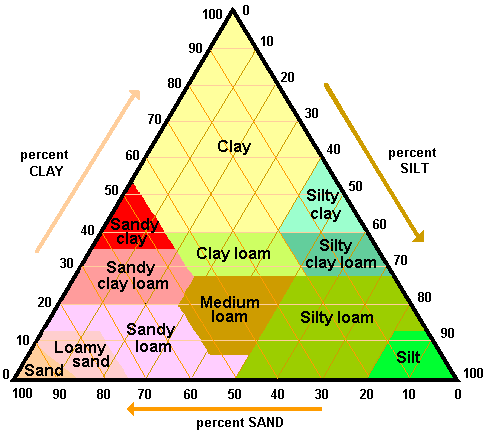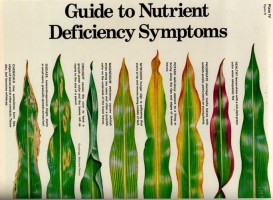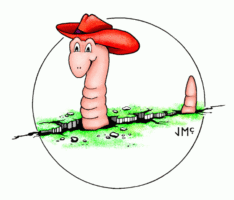

The following is a guest post by Sarah at Renaissance Mama!
Every gardener wants to obtain the highest yield possible from the space they have available, but did you know that the quality of your soil also affects the quality of your food? Farmers have rotated their fields for years, and there are even instructions in the Bible to leave the ground fallow for a year so the soil can recover (Lev 25:4).
Preparing Your Soil
So what’s the secret? There’s obviously more to gardening than just tossing some seeds in a pile of dirt, but what exactly needs to be in the dirt for optimum growth?
Determining Your Soil Composition
Trucking in dirt can be pricey, so start by seeing what kind of soil you have in your own backyard. CheapVegetableGardener has a super simple method that will tell you exactly what you’re working with. From there, you can use their handy-dandy chart to see where your soil lands, and add organic material until your soil is closer to silty loam.

Have you ever seen leaves that look like these?

The miscolored leaves on the right are lacking vital nutrients in the soil to help them grow properly. Soil that is too acidic or basic, or lacking in some basic minerals, will hinder the growth of your delicious food! You can drop a sample at your local ag office, or pick up a testing kit at Walmart or a gardening store. The kit will contain further instructions on how to adjust your soil, depending on your results.
Worms
Does this song bring back any memories?
Nobody likes me, everybody hates me,
I think I’ll go eat worms!
Big fat juicy ones,
Eensie weensy squeensy ones,
See how they wiggle and squirm!
Nobody Likes Me
All songs aside, it’s much more helpful to leave the worms IN your garden, or even add more if you don’t have enough. Worms are tiny workhorses, responsible for aerating the soil. They digest organic matter, leaving behind casings that turn into fertilizer.
Some folks even have their own worm farms!
Have fun with your dirt testing and enjoy the worms!
Related articles:
- Tip #7: Start Seedlings Indoors
- Tip #6: Use Heirloom Seeds
- Tip #5: Use Vertical Space
- Tip #4: Figure out your planting strategy
- Tip #3: How to design your garden bed
- Tip #2: How to choose a garden location
- Tip #1: Figure out your gardening goals
 |
Sarah graduated from Baylor with a major in bioinformatics and is now making that degree work hard by raising her two kiddos and keeping her husband relatively well fed. In her quieter moments, she can be found enjoying a homemade chai latte and reading on her Nook. You can also find her over at Renaissance Mama, on Facebook, and on Twitter! |

Leave a Reply